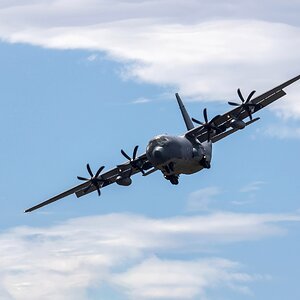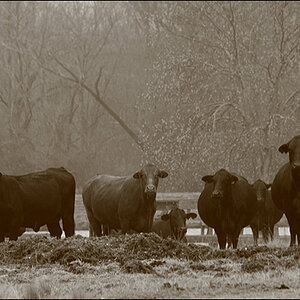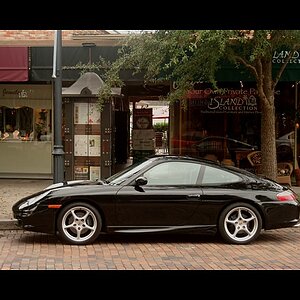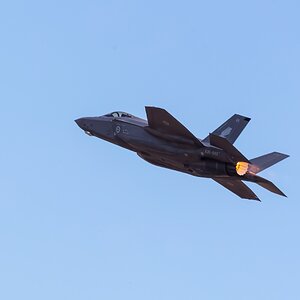AF44
TPF Noob!
- Joined
- Aug 27, 2007
- Messages
- 218
- Reaction score
- 0
- Location
- Orange County California, USA
- Website
- www.myspace.com
- Can others edit my Photos
- Photos OK to edit
ok... so my question is this: why is there such a cost difference between lenses that seem to do the same thing?
example:
http://www.samys.com/product_detail.php?item=3735- 100-400mm zoom $1300
http://www.samys.com/product_detail.php?item=3732- 100-300mm zoom $300
so why would 100MM more cost $1000 more?
another example
http://www.samys.com/product_detail.php?item=8499- 28-80mm $80
http://www.samys.com/product_detail.php?item=3665 24-70mm $1000
so what gives?
example:
http://www.samys.com/product_detail.php?item=3735- 100-400mm zoom $1300
http://www.samys.com/product_detail.php?item=3732- 100-300mm zoom $300
so why would 100MM more cost $1000 more?
another example
http://www.samys.com/product_detail.php?item=8499- 28-80mm $80
http://www.samys.com/product_detail.php?item=3665 24-70mm $1000
so what gives?




![[No title]](/data/xfmg/thumbnail/37/37488-1946adf246ec6e047915c668d3dcff15.jpg?1619738111)



![[No title]](/data/xfmg/thumbnail/42/42017-05f80a89ca2890969b5dc7cc47872581.jpg?1619739979)
![[No title]](/data/xfmg/thumbnail/37/37489-27b092c23ed6ad63eee4cd03f96a311a.jpg?1619738111)



